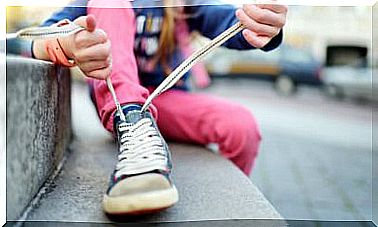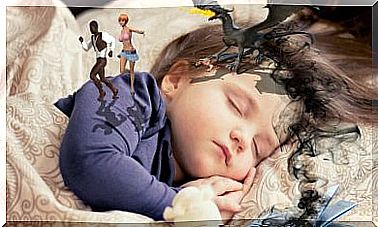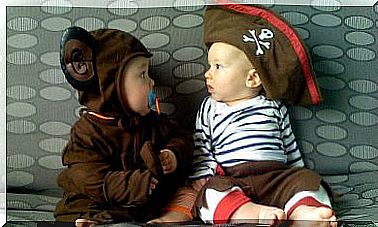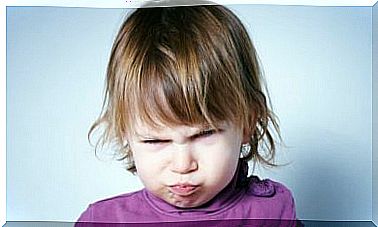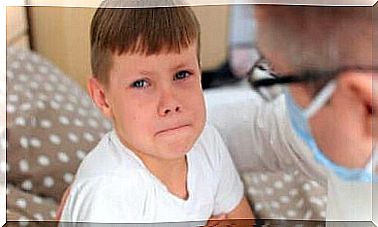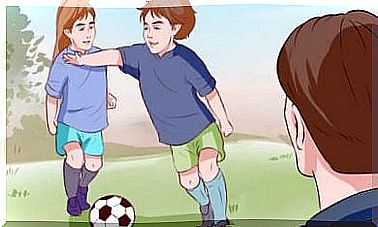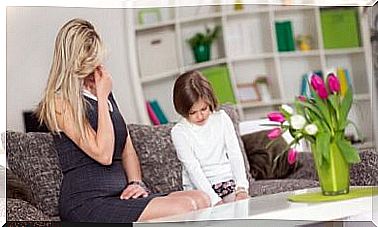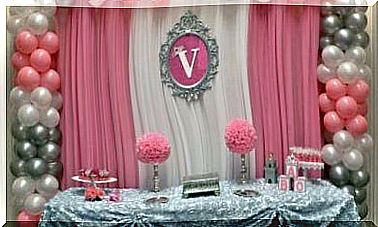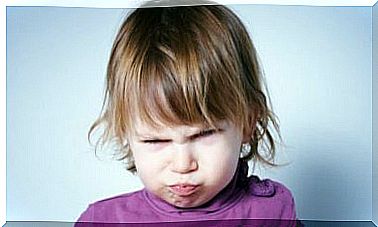The Water Cycle For Kids: Tips To Explain It
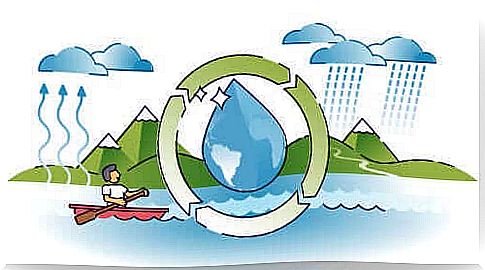
Water is one of the most curious elements in children. Where do you come from? Why is the sea so big? Why does it rain? These are frequently asked questions that we can use to explain the water cycle to children in simple words.
The key for them to understand this concept, which is quite abstract, is to relate it to everyday things they know. Let’s start by defining the different “forms of water”.
The water cycle for children: water states
Water is a changeable yet constant element. The water cycle is the continual change of state through which the amount of water on the planet remains the same over millions of years. In this constant cycle, water can go through the following states:
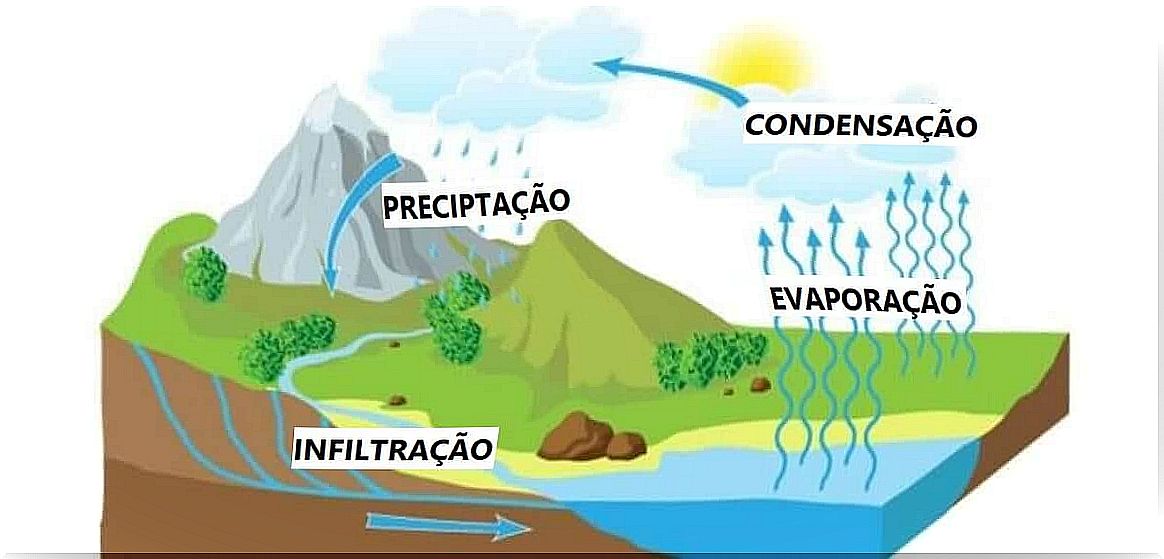
- Liquid: This form is the most common. You can start explaining the water cycle to kids here. The examples are easy and everyday, as we see and touch water in a liquid state when we take a shower, when we are wet by rain or when we drink it. This state can also be observed in rivers and seas.
- Solid : when liquid water has a temperature below 0 °C, it freezes. The ways in which children can see solid-state water are ice and snow.
- Gaseous : in this state, water can be seen in clouds, mist and water vapor. When we take a very hot bath or put a pot of water on to boil, it is possible to see the water vapor that forms and deposits on different surfaces.
Changes in the state of the water
Once the little ones have understood the difference and characteristics of the three states of water, it’s time to teach how the element moves from one state to another. For this, it is necessary to define some specific concepts:
- When water changes from solid to liquid, the process is called melting. For example, if we leave an ice cube at room temperature, it slowly dissolves and becomes liquid water.
- If water is frozen again, the change from liquid to solid is called solidification.
- The change from a liquid to a gaseous state is called vaporization. Water evaporates when heated to high temperatures and forms water vapor. In nature, the evaporation of water from rivers and seas forms clouds, which are the accumulation of millions of water particles.
- In the opposite sense, when water in a gaseous state becomes liquid, we say that there was condensation. This happens when steam touches a cold surface, for example, when bathroom mirrors “fog” during a shower, or when water in a gaseous state in clouds undergoes a large drop in temperature and condenses to fall as rain.
Explain the water cycle to children
Once the basic concepts of the state of water and the name of its different transformations are defined, we can address the issue of the water cycle in nature. Let’s start with vaporization, but we can explain it from any point on the circuit, because it’s a constant cycle.
The sun’s energy is the great driver of the water cycle. Solar heat reaches our planet and raises the surface temperature of both the earth and water in rivers, seas, oceans and lakes. Then the water turns to steam. Even ice is affected by heat: it changes into a liquid state and also evaporates. Living things also contribute sweat and perspiration.
When water turns to steam, it becomes lighter, rises through the air and forms clouds. In them, millions of particles accumulate and agglomerate. When clouds become dense and the air temperature drops, water condenses, being discharged as rain, sleet or snow.
Thus, the rain returns the water to the land, whether at sea, in rivers or in the mountains, depending on temperature differences, the winds, the relief, etc. So the cycle starts again…
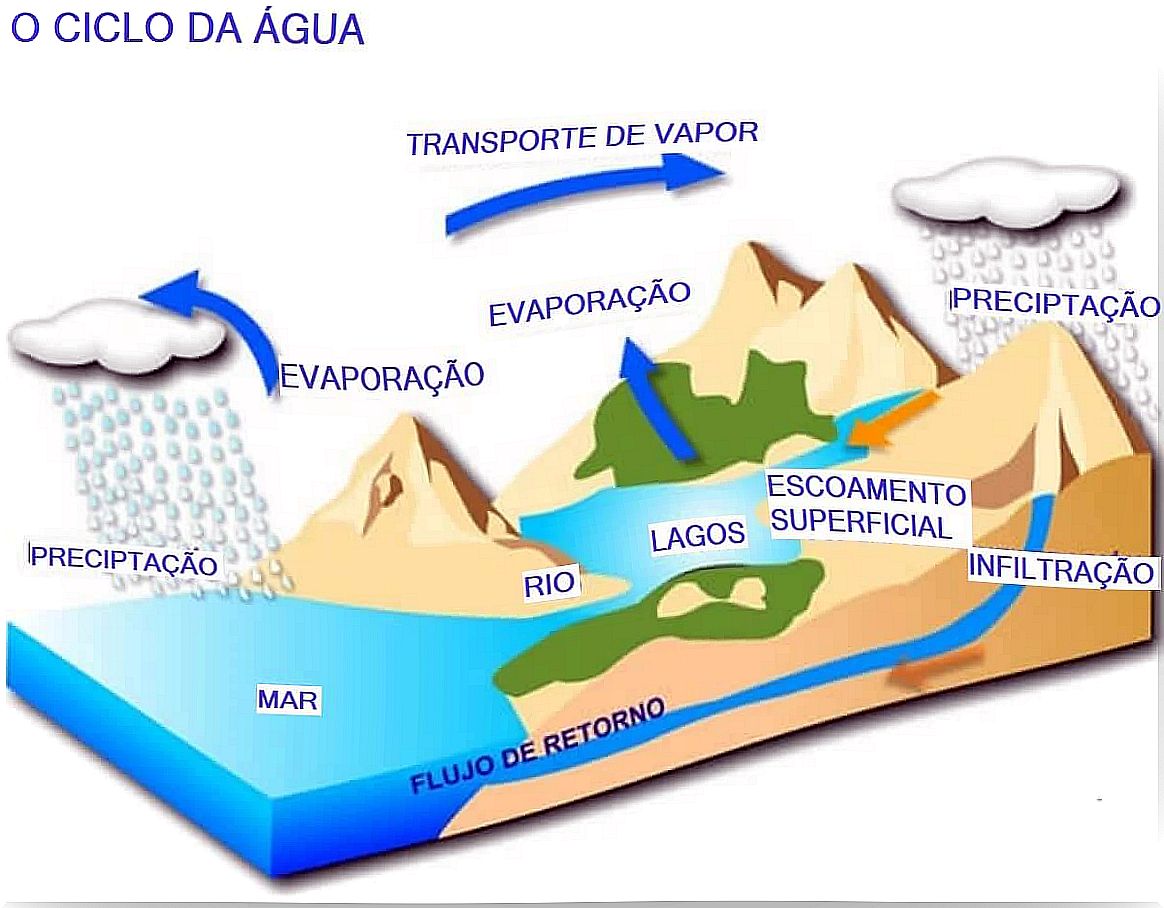
Is water a renewable resource?
It is clear that water changes state and goes back to cycle every time, so it is said that water is a renewable resource. Even so, it is necessary to take care of it and use it responsibly, as its quantity is finite and not so abundant, especially in the case of drinking water, which is water suitable for human consumption.
In this sense, both at home and at school, we can contribute to water care with the following actions:
- Do not leave the tap running while brushing your teeth.
- Fix leaky faucets.
- Opt for quick baths in the shower instead of soaking baths.
- Do not play with water.
Explaining the water cycle to children is simple as you can relate it to many everyday activities. If, in addition to that, you also add the issue of caring for the planet, you will surely have the attention of all of them.
